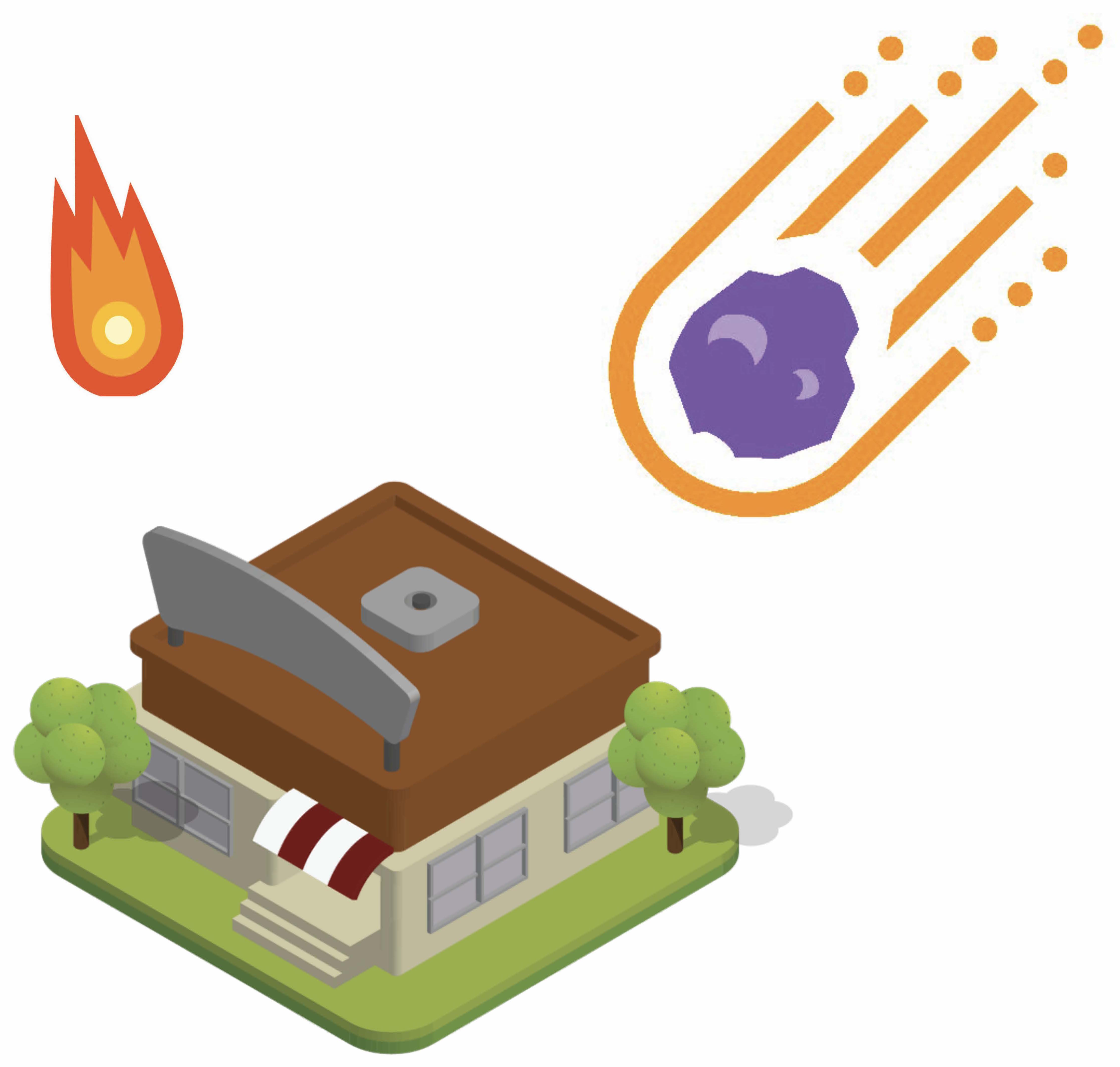Is research impact different than research use?
This is the second in the series, Bracing for Impact, by Dr. Elizabeth N. Farley-Ripple. Follow this link to the first in the series, Exploring the Concept of Research Impact.
Last week, I introduced the theme of this blog series: research impact. My concern for research impact was born of international experiences in which the research production and funding is increasingly shaped by the demand for “impact.” These observations contrasted sharply with the conversations in the U.S. and in education more specifically, though as I noted earlier, the language of research impact has crept slowly into the dialogue here as well. In this week’s contribution, I draw on comments from six thought leaders in the field – leaders of government agencies, funding organizations, institutions of higher education, innovative programs, research-practice partnerships, and professional associations – that illuminate how impact does (or does not) meaningfully differ from use. As a reminder, this blog does not present results of a qualitative study, but rather a synthesis of reflections from those positioned to shape the field of education research, and research use in particular.
Research Impact vs. Research Use
So, are they different? And if so, how? The short answer is that nearly everyone believed that impact is meaningfully different than use, and, interestingly, often conceptualized their relationship in some metaphorical way. One conceptualization is research use as a tent, for example, with research impact as specific form of use. An alternative conceptualization was as a sort of logical chain: impact as an outcome of research use. That is, for research to have an impact, it must first be used (which in turn has its own precursors, which I’ll mention in later posts) in some way. Use, in and of itself, does not necessarily indicate impact and many other factors influence decisions and may carry more weight, as some suggest they should given the political and democratic nature of education.
Notably, most often descriptions of research impact seemed to focus on instrumental use – a specific change or decision resulting from the use of research. As such research impact is generally perceived as narrower than use.
However, one respondent remarked that the two might be the same in her context – that the people she worked with don’t appear to distinguish between the two, and that impact could be understood in much the same way as research use, for example, as conceptual, instrumental, symbolic and otherwise. For example, one comment suggests impact may look more like “planting a seed”. And while she was the only person to articulate this, the boundaries of impact versus use were far blurrier in the rest of the conversations than they were when directly asked about the differences. For example, respondents’ language began with “impact” but often drifted to other descriptions, such as “influential”, suggesting gradations of impact that felt closer to debates about “use” than to “contributions to society” that define initiatives in the UK and beyond.
As a scholar in the use of research evidence, I have a belief about the relationship between “research use” and “research impact”. I have concerns about the shift in language and what it means for the preparation and evaluation of researchers and for the type of research we fund and value. But I’m also conflicted because, as I noted in my initial post, I want to make a difference – more bluntly put, to have impact. I also know that the terms we use have a good deal of power to shape how we think and act. Take the phrase “research to practice”. The directionality of the language was broadly overlooked until somewhat recently, and those active in partnership work have effectively advocated for more bidirectional thinking about the relationships between research and practice (or policy, for that matter).
The differences between research impact and use articulated in the conversations I had reflect these same tensions. On one hand, they do suggest meaningful differences between the terms – terms which may hold power to shape research policy. Yet on the other hand, they reveal a shared desire for research to be useful, to positively shape decisions about education in ways that may extend beyond instrumental impact. I’m left with the sense that, at least currently, that the two ideas of research impact and research use are not competing in a zero sum game, that thinking about research impact in education in the U.S. does not necessarily mean a narrowing of our conceptualization of research use. Rather, these are both important to the dialogue around connecting research and practice.
What has your experience been that have shaped your definitions of research impact and research use?
I’ll end with a question to the broader community: what experiences (in research, policy, practice) shape your understanding of research impact and research use in education? In what ways have you experienced them as similar or different, and what does that mean for our thinking about connections between research and practice? I hope you’ll engage with us via Twitter, using @rsrch4schls #researchimpact.
*Author’s Note: I’d like to acknowledge the support of the William T. Grant Foundation for creating the opportunities that resulted in this line of work, and Vivian Tseng and Mark Rickinson for their generosity in letting me bounce ideas off of them. I’d especially like to acknowledge the six thought leaders who volunteered their valuable time to contribute to this project.
About the Author:
Dr. Elizabeth N. Farley-Ripple, is an Associate Professor in the School of Education at the University of Delaware. Her research focuses on policy analysis and evidence-based decision-making in schools. She can be reached at enfr@udel.edu.

Published by